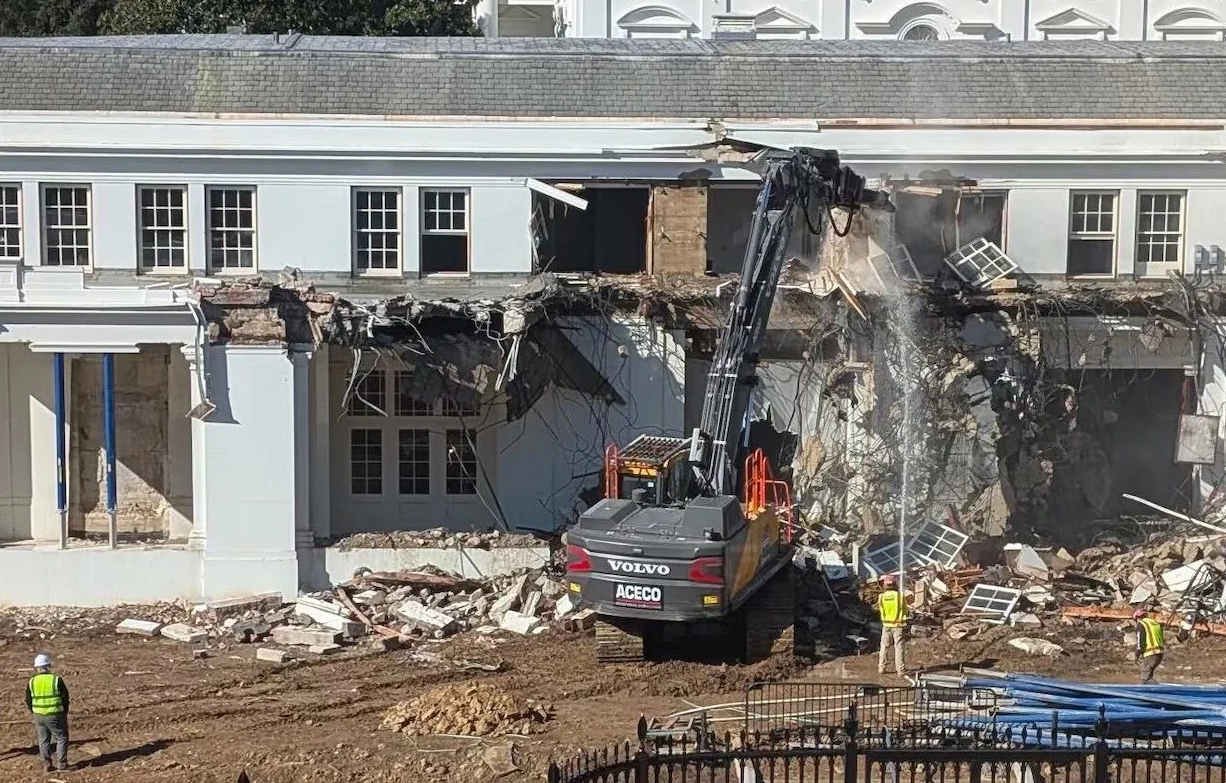Tag: Rule of law
-
Analysis of Oregon v. Trump: Federal Court Ruling on National Guard Deployment
This is significant constitutional case, raising profound questions about the balance between security and liberty, federal and state power. The court sided decisively with the Founders’ caution about military power, requiring genuine emergency conditions, not mere law enforcement difficulties, before soldiers can be deployed domestically.
-
Comey Argues Vindictive and Selective Prosecution
Seeking to dismiss the government’s case, James Comey argues vindictive prosecution and selective prosecution.
-
Summary of James B. Comey’s Motion to Dismiss Indictment
This motion presents a fascinating challenge to a federal criminal prosecution based on congressional testimony. Let me break down what’s happening here and why the defense believes these charges should be dismissed before trial.
-
Summary of the Case: Learning Resources, Inc. v. Trump and Trump v. V.O.S. Selections, Inc.
The Court must decide if the President exceeded statutory and constitutional limits by using emergency powers to impose tariffs without explicit legislative authorization.
-

White House Preservation Laws and Regulations: How They’re Applied
The White House preservation framework has evolved from crisis-driven interventions (Truman) to institutionalized protection (Kennedy) to ongoing debates about presidential authority versus historical stewardship (Trump ballroom).
-
Trump’s Federal Prosecutions: An Unprecedented Legal Confrontation
The federal prosecutions of Donald Trump represented the most significant test of presidential accountability in American history, yet concluded without resolution of the underlying legal questions.
-
Driscoll, Jr. et al. v. Patel et al.
Summary of the court case Driscoll, Jr. et al. v. Patel et al. (filed in the U.S. District Court for the District of Columbia, September 2025).
-
Trump’s Executive Power Deconstruction
The assertion that decades of bipartisan executive orders created an authoritarian control mechanism fundamentally misrepresents how U.S. emergency powers actually work. While these authorities are substantial and raise legitimate constitutional concerns, they operate within legal boundaries established by Congress and subject to judicial review – not as tools for overriding other branches of government.
-
For God’s Sake, Fellow Lawyers, Stand Up to Trump
Three prominent attorneys call on the legal profession to defend the Constitution and the rule of law by resisting President Trump’s executive orders targeting law firms that have opposed him.